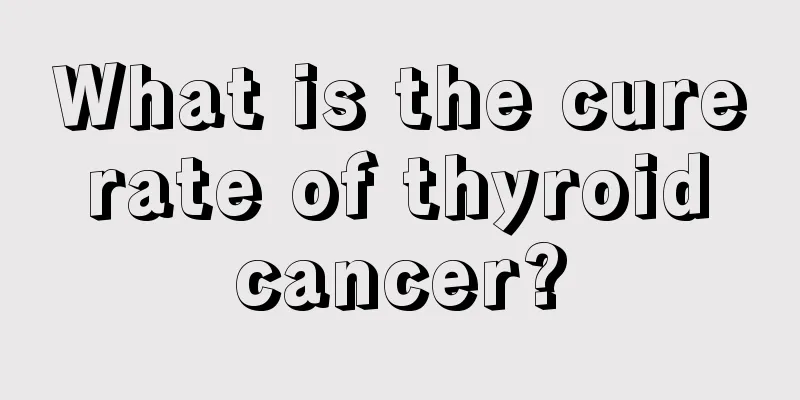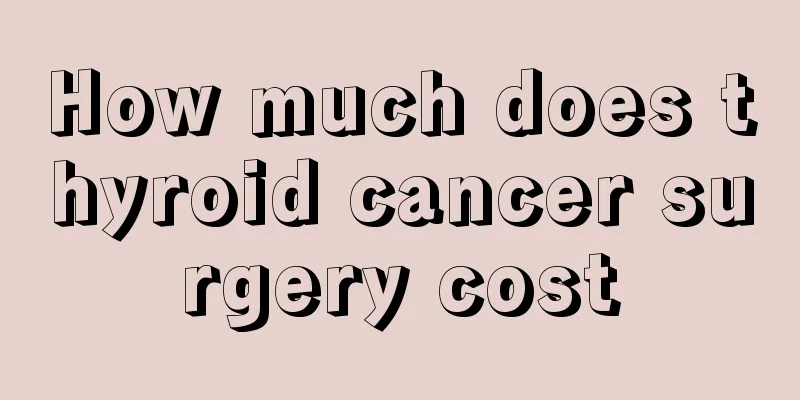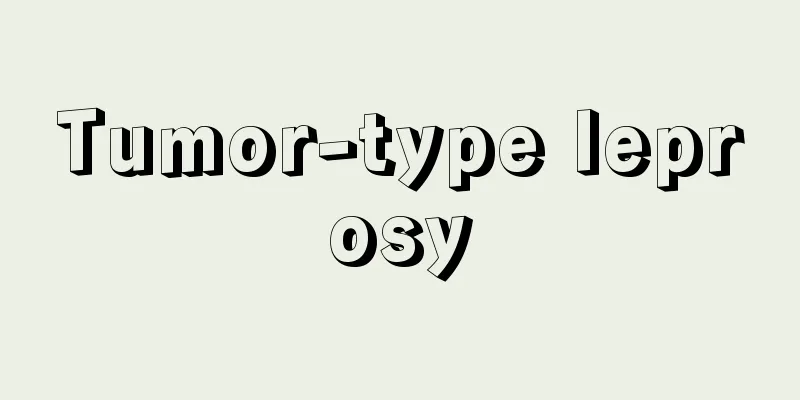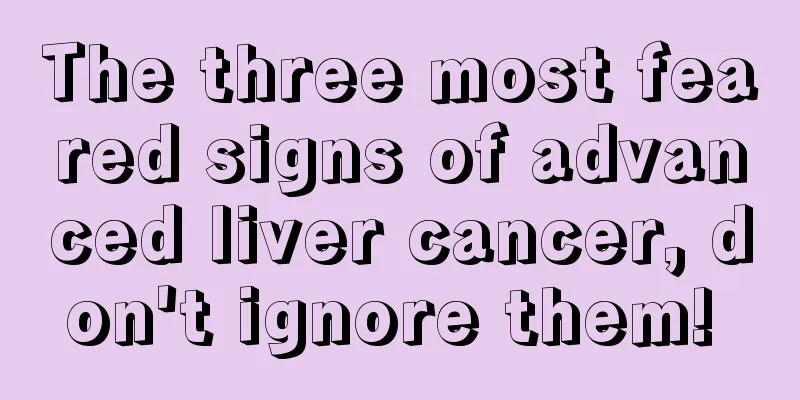What is the cure rate of thyroid cancer?

|
Many people are now paying close attention to the cure rate of thyroid cancer, because in recent years, the number of people suffering from thyroid cancer has been increasing day by day, and the doubts about the cure rate of thyroid cancer are getting deeper and deeper. So today we will find out what the cure rate of thyroid cancer is. To know the cure rate of thyroid cancer, we should first understand what kind of disease thyroid cancer is and what types of diseases it has. Let's take a look at the following: Thyroid cancer is the most common thyroid malignancy, accounting for about one percent of all malignant tumors in the body. Except for medullary carcinoma, most thyroid cancers originate from follicular epithelial cells. Thyroid cancer is mainly divided into: papillary adenocarcinoma, follicular adenocarcinoma, medullary carcinoma, and undifferentiated carcinoma. Let's analyze the cure rates of these four types of thyroid cancer. 1. Follicular adenocarcinoma: It accounts for 15% to 20% of thyroid cancers. It is more common in middle-aged women, prone to distant metastasis, and has a moderate degree of malignancy. After surgical treatment and long-term use of thyroxine, the cure rate can reach 80%. 2. Medullary carcinoma: It accounts for 5 to 10% of the cases. Sometimes, symptoms completely unrelated to the clinical manifestations of the disease may occur, such as diarrhea, facial flushing and sweating, asthma, and headache. This is due to the secretion of bioactive substances by cancer cells. Other manifestations are similar to those of general thyroid cancer. The cure rate can reach about 80% after surgical treatment, and the prognosis is good. 3. Papillary adenocarcinoma: It accounts for the vast majority of thyroid cancers, about 60 to 70 percent, and is more common in women and those under 40 years old. It is less malignant, develops slowly, and has a good prognosis. Almost 90 percent of cases can be cured after surgical treatment. 4. Undifferentiated carcinoma: highly malignant, accounting for about 8% of thyroid cancers, mostly occurs in the elderly, with an average age of over 60 years old. It is characterized by a sudden increase in the size of the mass in the front of the neck, and the rapid onset of symptoms such as dyspnea, dysphagia, and hoarseness. The treatment effect is poor and the prognosis is poor. The above introduces the cure rates of various types of thyroid cancer. I hope it can help everyone. I also hope that all thyroid cancer patients can recover soon. |
>>: How much does it cost to check for pituitary tumors
Recommend
Symptoms of relapse of dermatomyositis
Dermatomyositis is a common skin disease. Patient...
Aerobic breathing for weight loss
We all know that aerobic exercise is the most hel...
The hazards of quartz stone
Many people are familiar with quartz stone. This ...
The efficacy and contraindications of golden rose
Golden-edged rose is a variety of edible rose. It...
What are the drugs for treating liver cancer
Any disease related to cancer will cause waves of...
Natto fermentation temperature and time
The main raw materials of natto are soybeans and ...
Tomatoes are bitter
Tomatoes can be eaten as a vegetable or as a frui...
Having this on your head can actually cause leukemia
Leukemia is a very common disease. Nowadays, many...
What diagnostic methods can confirm lung cancer? Three diagnostic methods can detect lung cancer as early as possible
Lung cancer is a type of cancer that is seriously...
How to overcome the fear of swimming
Many people must have heard of the disease called...
Soaking your feet in chives can cure athlete's foot
Our feet are the free means of transportation we ...
If you often hold your urine, be careful that you may not be able to hold it anymore! Can holding urine really lead to bladder cancer?
The bladder is an important part of the urinary s...
What to do if ovarian cancer recurs after surgery
At present, ovarian cancer has gradually become o...
What are the methods for treating constipation? Exercise therapy
Today's office workers are under great pressu...
How long can one live if nose cancer turns into bone cancer
How long can a patient live if nasal cancer turns...









